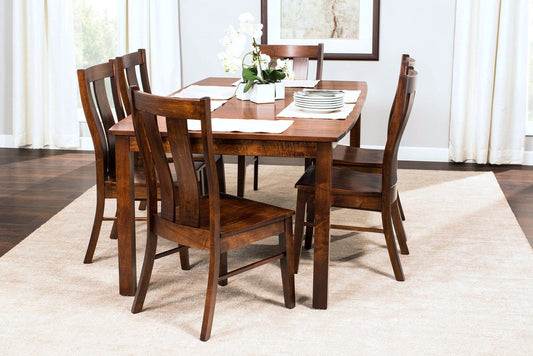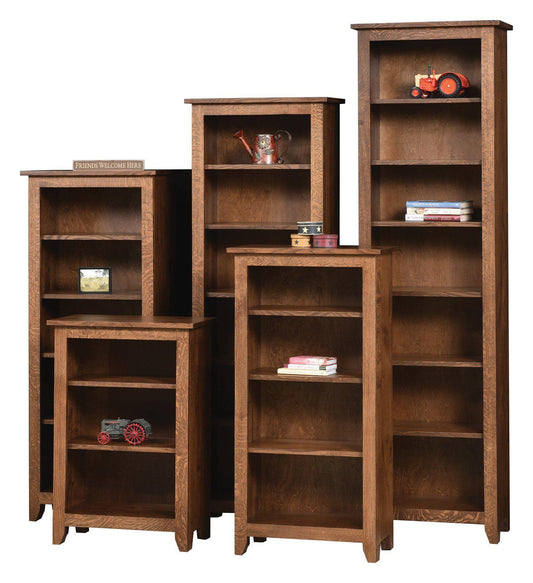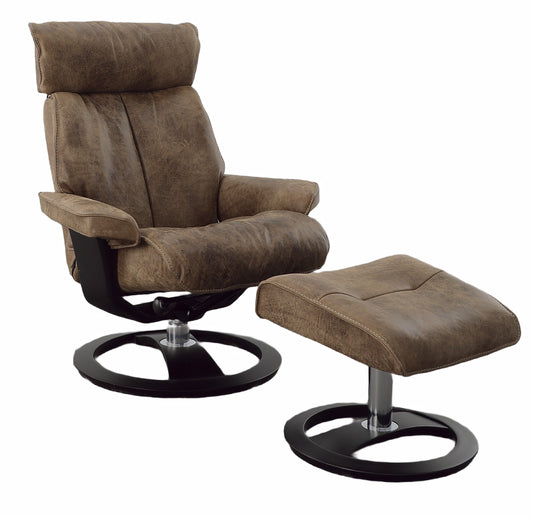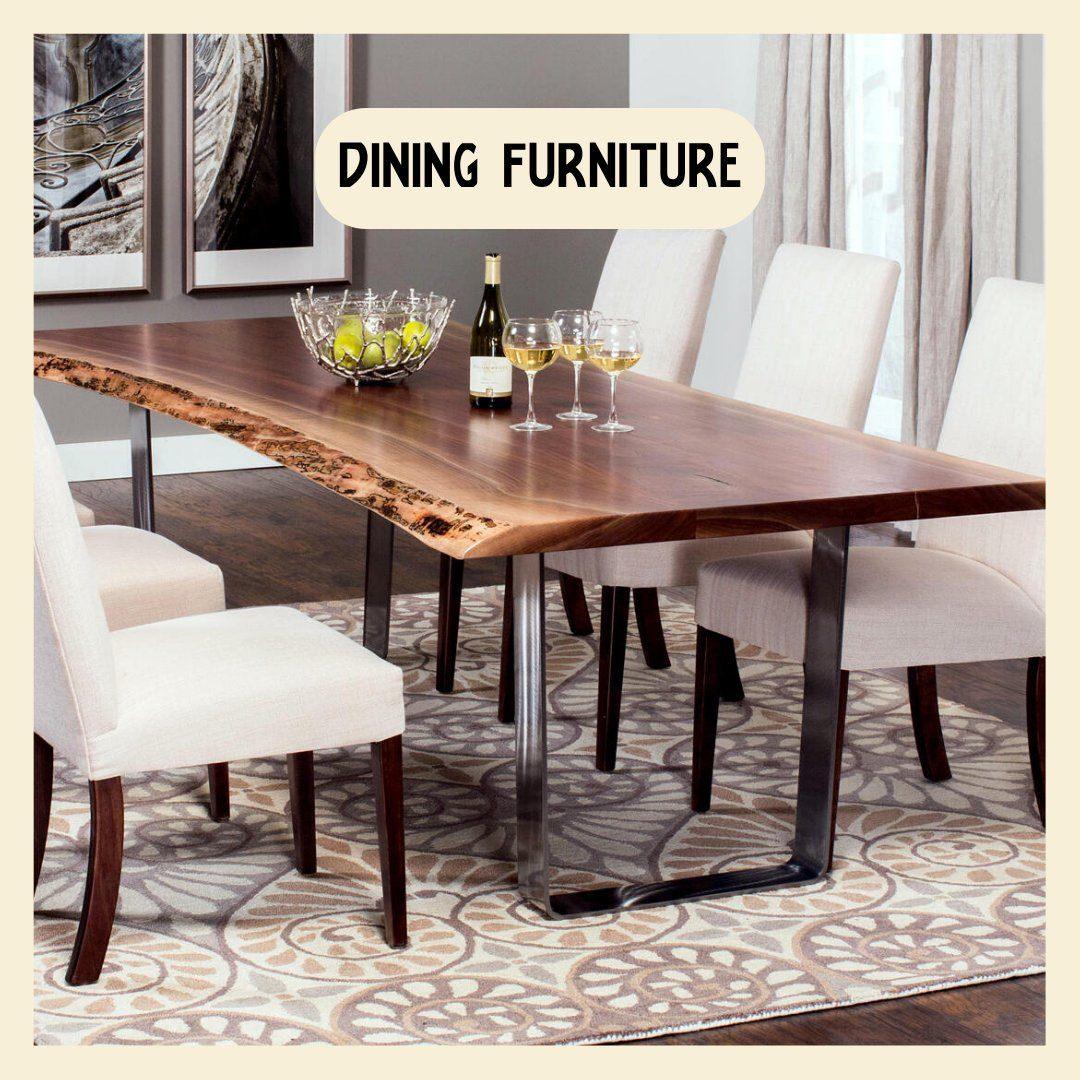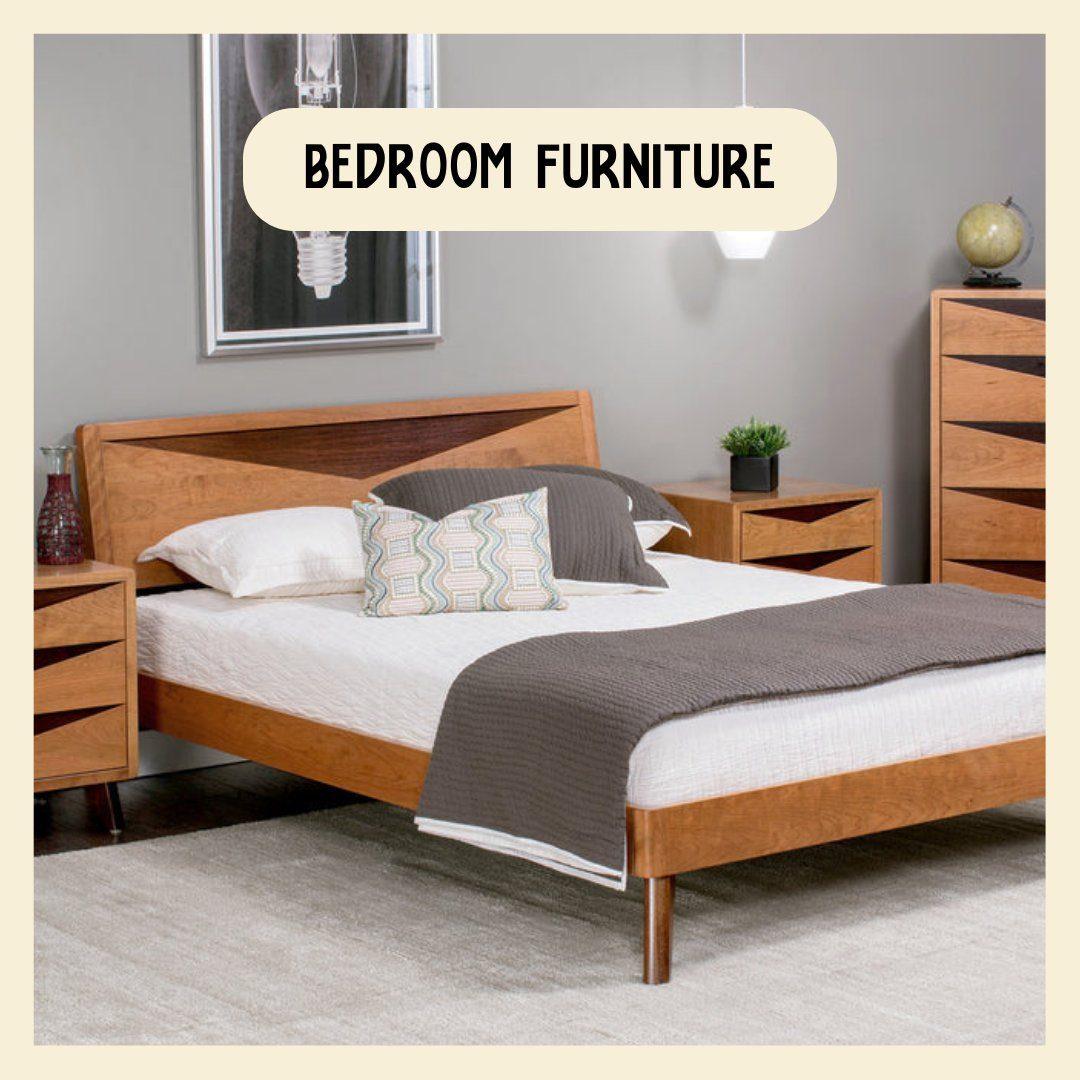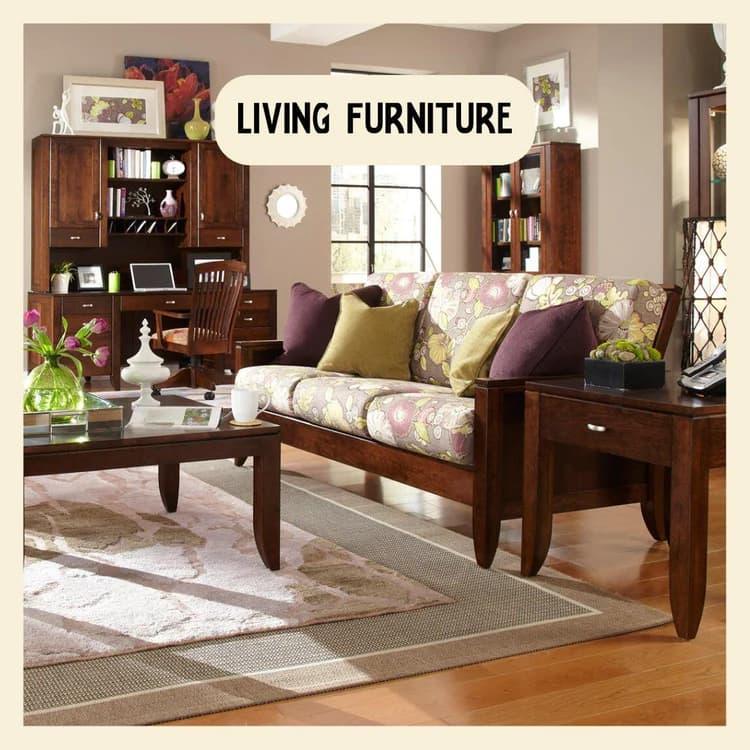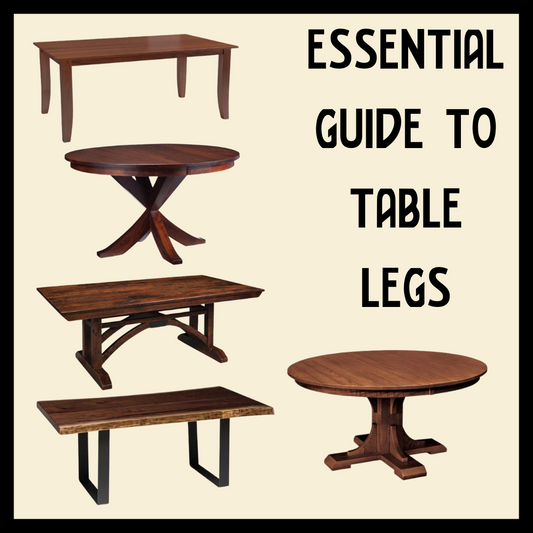What Makes a Tudor Revival? History, Color and Furniture Choices
The American Tudor Revival home, possibly the most recognizable of all historical homes, swept the country in a craze during the early part of the 1900s. Whether built as a mansion or cottage, they followed a similar format - asymmetrical in design, decorative half-timbering, and dominated by a steep, multi-gabled roof.
But why were these houses so popular? There was certainly a strong interest in medieval and English architecture, but their popularity was more likely due to the illusion of English aristocracy they lent their owners as the middle and upper classes began moving to what were then the outskirts of American cities.
These well-built homes with solid construction are picturesque, romantic and full of storybook charm.

History of the Tudor Revival
Tudor Revival made its debut in the United States around 1890 as a romanticized tribute to England’s Tudor period of the 1500s. During the early years, prior to 1915, the style utilized stone with Flemish gables (had more than one curve and a pediment on top) and Renaissance facade ornaments. The picturesque half-timbering now associated with the style was rare in this early period.
By 1905, coinciding with the Arts and Crafts movement and Craftsman style, the Tudor Revival we recognize today began to take shape. By the 1920s the style was more popular than even the Colonial Revival in many suburban neighborhoods.
There are plenty of examples of American Tudor Revivals that were built to emulate lavish Tudor castles (look for those with parapets - a low, protective wall on the edge of the roofline) and fit the needs of businessmen earning wealth through rail, lumber and steel. Many more, however, were designed to mirror houses of the middle and upper-lower classes of the Tudor period. These modest interpretations were just as prevalent and popular and more affordable for those making less.
Common Tudor Revival Characteristics
- 1-2 stories
- Prominent front gable
- Steeply pitched roofs with heavy shingles
- Massive chimneys often decorated with stonework
- Asymmetrical floor plans
- Patterned brick or stone on the first floor
- Half-timbering on second floor (purely decorative, not structural)
- Tall windows with square or diamond-shaped panes
- Pointed Tudor arch over doorways and gates
Unlike a Spanish Colonial home with its large central courtyard meant for enjoying outdoor space, Tudor Revivals focused on indoor living in cooler climates. Interiors were designed to exude cozy and comfort. Other features included:
- Grand stone fireplaces
- Dark wood paneling and wainscoting
- Exposed decorative timbers on ceilings
- Arched doorways
- Stained glass windows
- Wide oak flooring with slate or dark tile in halls and kitchens
- Detailed wooden staircases
Were there Tudors in the city?
The American Tudor Revival home became synonymous with suburban neighborhoods. In many parts of the East Coast they were nicknamed “Stockbroker Tudors” after their owners who made their money on Wall Street in the 1920’s and would retreat to their suburban New York abode.
This suburban flight of the middle class inspired a project known as Tudor City in Manhattan with hopes of keeping people urban.
The project led by chief architect H. Douglas Ives was designed to capitalize on the popularity of the Tudor Revival style. Towers, gables, parapets, chimney stacks, oriels, bay windows and four-centered arches were just a handful of the characteristics used to create a feel of 16th century England.

Source: “Tudor City Sign” by Nick Normal - under Creative Common License
East of 2nd Avenue between 40th and 43rd streets, Tudor City was the most important example of planned middle-class living in the heart of New York City. It’s sign, proudly displaying the name of the community for nearly 100 years now, has been featured in a number of movies, TV shows and commercials. Superman, Scarface, Splash and all the Spiderman movies are just a few of the projects that have paid tribute to the Tudor City sign.
Color Schemes for the Tudor Revival
One of the biggest challenges for homeowners of Tudor Revivals is embracing the style. The architecture is unmistakable in its beauty, charm and character. Which means, whatever you do, don’t use paint as a way to cover it up!
Exterior Color
When choosing colors for the outside of your Tudor Revival, you can go one of two ways:
Fully embrace the time period your house is representing by preserving the character of its architecture.
- Think bold contrasts with white or slightly off-white for the body and black, dark brown or dark green for the trim. Deep reds can be used as accents.
Lighten up the overall look by still respecting the inherent charm of the architecture. Designer Kristie Barnett calls this look “Tudor Lite” with a style that’s more French than British; more feminine than masculine.
- Use an off-white for the body of the house with a low contrast color like blue-gray for the trim.
Unpainted stone or brick should never be painted. Not only does it compromise the home’s original character and charm, it also traps moisture inside the walls.

Here are some helpful Tudor Revival rules to paint by:
- Don’t ignore the architecture.
- The details exist for a reason, trying to minimize them will only make the house look “off.”
- Don’t get too busy.
- Architecture first, not color. Two colors work best, but no more than three.
- The more traditional/historic the house, the bolder the color contrasts.
- Use black or dark brown trim to contrast the stark white body.
- Trim is always darker than the field.
- Brown/black trim is meant to emulate wood beams of 16th century Tudor homes and would never have been painted lighter.
-
The exception:
- If the field of the house is mostly brick or stone, you may want to go lighter than the brick color on the trim.
- Don’t use white vinyl windows.
- Because wood-trimmed windows are expensive, many will be replaced as vinyl. Use a dark oiled bronze or black for the window trim.
Interior Color
Color placement is just as important as the colors you choose. You may want to play up some features like exposed ceiling beams while toning down those that distract from the best characteristics of your home.
What we mean is that if you’re going to put focus on the dark wood ceiling beams, there’s no need to keep the equally dark kitchen cabinetry that will distract from the beauty of the wood. Switch them out or paint them a lighter color.
No matter what you focus on, keep things light with an exuding sense of warmth. Remember that these homes were originally built in England as a place to gather inside while escaping from the cold and wet.
Here are some ideas to help you bring out a cozy and welcoming vibe:
- Use warm colors in yellow, amber, gold and red to contrast dark wood paneling
- Paint walls in a light hue of your warm color choice to offset intensity
- Use accents of blues and greens with warm undertones
- Consider patterned wallpaper to add visual intrigue and depth
- If looking for a touch of luxury, use saturated versions of greens, burnt orange, deep blues and off-whites
Furnishing a Tudor Revival
Just because you have a Tudor Revival does not mean you have to go with ‘Olde English Heavy.’ The most wonderful part about furnishing and decorating your Tudor Revival is the charming and inviting atmosphere already present when you walk through the front door.
Present-day Tudor Revivals can be furnished or accessorized in a more traditional look or one that is lightened and brightened.
Traditional Interior
Floors
- Choose Persian rugs to partly cover the floors for a classic and warm look. A toile rug is an excellent feminine complement to heavy masculine beams and woodwork
Windows
- Bold, patterned window treatments
- Velvet, toile (linen cloth or canvas typically with printed design depicting rural pastoral life), or brocades
Walls
- Create warmth on walls with lots of patterns and artwork
- Consider hanging tapestries, antlers, motifs (such as shields, coat of arms, quatrefoils, oak leaves and acorns)
Lighting
- Heavy metal lighting fixtures to compliment heavy iron hardware
- Chandeliers provide elegance and lots of light
Furniture
- Warm, ornate wooden furniture with hand-carved finishes
- Upholstered or tufted leather sofas and chairs
Ideas:
- Geno Chair
- Roger Wing Chair (Coming soon to Modern Bungalow!)
- B&O Railroad Trestle Bridge Sofa
- Zeal Sofa (for a more contemporary look)
- Trestle tables in the dining room
- Four-poster beds
- Storage and Blanket Chests
Accessories
- Pottery and Metalwork (especially pewter and wrought iron)
- Anything designed by William Morris
- Candlesticks and decorative bowls in pewter or bronze
Keep in mind that the fireplace in whichever room you’re decorating should be centerstage. As the hub of warmth and gathering, arrange your room so that the furniture highlights the beauty and historic aesthetic of the fireplace.
If you’re looking for ideas on how to do (or redo) your fireplace surround, Modern Bungalow has a Fireplace Design Center that can help!
Contemporary Interior
If you’d like to downplay the strong design of the Tudor Revival’s exterior and go for something lighter and brighter on the inside, there are ways to do so without stripping away the original character.
Floors
- Leave the floors as they are throughout parts of the home but lay lighter color (grays, beiges, whites) carpets over the top in the living room and bedrooms.
Walls
- Use golden yellows, sage green, soft blues and creams on the walls
- Instead of dark draperies, use lighter weight fabrics to match the colors of the walls
Furniture and Accessories
-
Mix traditional pieces (dark woods, heavily patterned rugs, etc) with more modern and lighter pieces.
- Lighter upholstered or tufted sofas and chairs
- Black and white art
- Subtle-patterned rugs
- Sculptural topiaries
The kitchen is an area of the Tudor Revival that often benefits from a makeover if it hasn’t been done already. No need to keep dark cabinetry that looks more 1980’s than historic. Change the cabinets, floors and walls to various shades of whites and add stainless steel appliances. If you have enough storage, consider keeping the dark base cabinets but using floating shelves above.
If you’re the lucky owner of a Tudor Revival, Modern Bungalow can help make it your own with furnishings and decor to suit your needs.
It’s not for the weak at heart. It’s not a white box and it can’t be stripped down or edited. A Tudor-style house has to be celebrated. -Designer Stephen Gambrel
Be sure to check out Modern Bungalow's complete guide to historical homes which encompasses the Tudor Revival as well as a number of other popular styles in the American West.



